Newly published in Thorax, authors Joshua Roche, Farzaneh Seyedshahi, Kai Rakovic, Akari Win Thu, John Le Quesne and Kevin G Blyth disscuss Current and future applications of artificial intelligence in lung cancer and mesothelioma
Free to access link: http://thorax.bmj.com/cgi/rapidpdf/thorax-2024-222054?ijkey=rBkkzcYvIfaWTaY&keytype=ref
ABSTRACT
Background
Considerable challenges exist in managing lung cancer and mesothelioma, including diagnostic complexity, treatment stratification, early detection and imaging quantification. Variable incidence in mesothelioma also makes equitable provision of highquality care difficult. In this context, artificial intelligence (AI) offers a range of assistive/automated functions that
can potentially enhance clinical decision-making, while reducing inequality and pathway delay.
Aims
In this state-of-the-art narrative review, we synthesise evidence on this topic, focusing particularly on tools that ingest routine pathology and radiology images. We summarise the strengths and weaknesses of AI applied to common multidisciplinary team (MDT) functions, including histological diagnosis, therapeutic response prediction, radiological detection and quantification, and survival estimation. We also review emerging methods capable of generating novel biological insights and current barriers to implementation, including access to high-quality training data and suitable regulatory and technical infrastructure.
Narrative
Neural networks trained on pathology images have proven utility in histological classification, prognostication, response prediction and survival. Selfsupervised models can also generate new insights into biological features responsible for adverse outcomes. Radiology applications include lung nodule tools, which offer critical pathway support for imminent lung cancer
screening and urgent referrals. Tumour segmentation AI offers particular advantages in mesothelioma, where response assessment and volumetric staging are difficult using human readers due to tumour size and morphological complexity. AI is also critical for radiogenomics, permitting effective integration of molecular and radiomic features for discovery of noninvasive markers for molecular subtyping and enhanced stratification.
Conclusions
AI solutions offer considerable potential benefits across the MDT, particularly in repetitive or time-consuming tasks based on pathology and radiology images. Effective leveraging of this technology is critical for lung cancer screening and efficient delivery of increasingly complex diagnostic and predictive MDT functions. Future AI research should involve transparent
and interpretable outputs that assist in explaining the basis of AI-supported decision making
